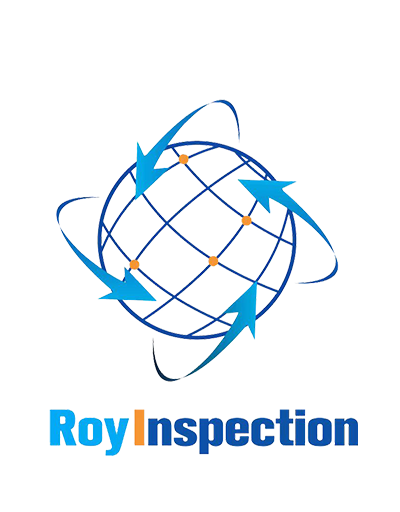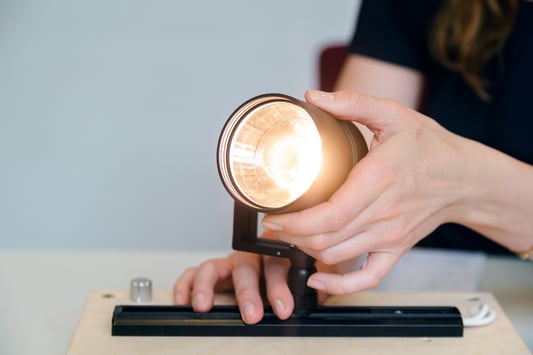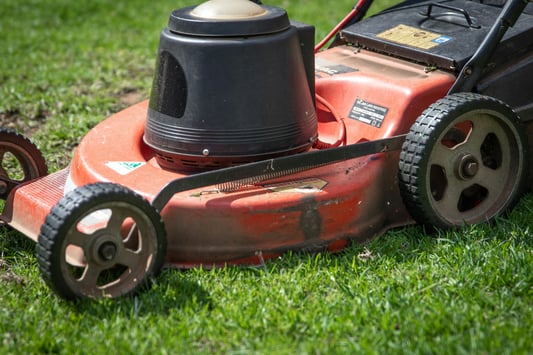What is service inspection?Service inspection is a critical process that involves examining, testing, and evaluating various components of a product or service to ensure its quality and compliance with industry standards. Whether it's a vehicle, a piece of equipment, or a building, service inspections play a vital role in maintaining safety and performance.Benefits of Regular Service InspectionsRegular service inspections can prevent unexpected breakdowns, minimize downtime, and extend the lifespan of your assets. By identifying potential issues early on, you can address them before they become major problems, saving time and money in the long run. Additionally, service inspections can help you comply with regulatory requirements and maintain a good reputation with customers.Types of Service InspectionsThere are various types of service inspections, depending on the nature of the asset being inspected. Some common types include pre-purchase inspections, routine maintenance inspections, safety inspections, and compliance inspections. Each type serves a specific purpose and helps ensure that the asset is safe, reliable, and efficient.The Service Inspection ProcessThe service inspection process typically involves a thorough examination of all relevant components, such as engine parts, electrical systems, brakes, and structural integrity. Qualified inspectors use specialized tools and techniques to identify any issues or defects that may affect the performance or safety of the asset. After the inspection is complete, a detailed report is provided to the owner with recommendations for any necessary repairs or maintenance.Choosing a Service Inspection ProviderWhen selecting a service inspection provider, it's important to consider their qualifications, experience, and reputation in the industry. Look for inspectors who are certified and have a good track record of performing thorough and accurate inspections. Additionally, make sure the provider offers competitive pricing and excellent customer service to ensure a positive experience.Service Inspection FrequencyThe frequency of service inspections depends on the type of asset, its usage, and manufacturer recommendations. For example, vehicles may require inspections every few thousand miles, while equipment used in high-risk environments may need to be inspected on a more frequent basis. Regular inspections are essential to maintain the safety and efficiency of your assets.Service Inspection ChecklistA service inspection checklist is a valuable tool that outlines the components and systems to be inspected during the process. This checklist helps ensure that nothing is overlooked and that all critical areas are thoroughly examined. By following a checklist, inspectors can systematically assess the condition of the asset and provide a comprehensive evaluation.Service Inspection Best PracticesTo get the most out of your service inspections, it's important to follow best practices such as scheduling inspections in advance, maintaining detailed records, and addressing any issues promptly. Regular communication with your inspection provider and implementing recommended maintenance and repairs can help maximize the effectiveness of the inspection process.Cost of Service InspectionsThe cost of service inspections can vary depending on the type of asset, the scope of the inspection, and the provider's pricing structure. While upfront costs may seem high, investing in regular inspections can save you money in the long term by preventing costly repairs and downtime. Consider service inspections as a valuable investment in the safety and performance of your assets.ConclusionIn conclusion, service inspections are essential for ensuring the safety, reliability, and efficiency of your assets. By conducting regular inspections, you can identify and address issues early, extend the lifespan of your assets, and maintain compliance with industry regulations. Choose a reputable inspection provider, follow best practices, and prioritize regular inspections to protect your investments and avoid costly problems down the line.Quote InquiryContact us!










